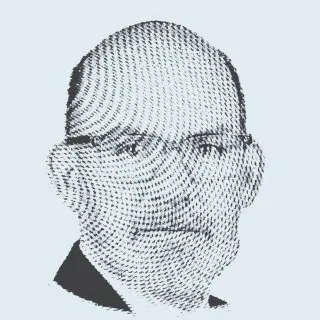The $20 billion provided by the US Environmental Protection Agency this month to support the transition to sustainable energy in local communities represents a milestone. Until now, the benefits of environment and climate subsidies around the world have been almost limited to the wealthy, who are able to meet the difficult conditions for loans and grants. In this case, the US agency, as part of the Green Banks initiative, allocated a huge amount of money to help poor and marginalized American groups join the change. These funds will be distributed among eight banks specialized in community development, to help local communities achieve environmental and climate goals.
This money can finance hundreds of thousands of qualified local initiatives and projects, at varying levels, which weren’t eligible for traditional financing. This ranges from simple home improvements that conserve energy and water; major clean and renewable energy projects; shared district and city heating and cooling systems; electric vehicle charging networks, up to sustainable housing, agricultural and industrial projects. But the main stipulation is that they meet local needs, and that the local community adopts the project and bears responsibility for implementation and monitoring. It is important to set restrictions that prevent opportunists from exploiting the funds in fictitious projects.
Individual beneficiaries of the project may be homeowners or businesses. A restaurant owner in a Detroit suburb recounted that commercial banks rejected his requests for loans to improve the environmental performance of his restaurant, which included installing solar panels for electricity, an energy-efficient heating device, and a rooftop rainwater harvesting system for use in bathrooms. Traditional banks considered these ideas to be unrealistic and do not provide a guaranteed return, in addition to the fact that efficiency measures, clean energy and harvesting rain were not within their scope of work. However, the restaurant qualified for a loan under the Green Banks initiative and started repaying the debt from the savings achieved in energy and water expenses.
At the residential level, support includes insulating walls, floors and roofs, changing window glass and installing heat pumps. It also does not exclude matters that were considered small and do not qualify for traditional bank loans, such as replacing kitchen and bathroom appliances with energy and water-efficient ones, which is now possible through special loans.
When support programs do not include mechanisms to ensure that they reach everyone, it makes their benefit limited to those who are financially able. The result is not limited to excluding many from the benefits, but making the poor pay more, because they often foot the bill for what the rich save. When governments support replacing heating devices that operate on natural gas with ones that use heat pump technology, for example, the benefit is limited to those who are financially able to finance the balance remaining after subsidy, as a large percentage of people will still be unable to cover the remaining amount.
In the absence of greater subsidies on electric cars for low-income people, their benefit also remains limited to those who are financially able. The result is that the rise in electricity and fuel prices is passed on to low-income people who are unable to pay the cost of the transition. Those who are able to invest in solar panels on their roof, buy an electric car, and install a heat pump, benefit from all the subsidies and are freed from high gas, electricity, and gasoline bills, while the burden of huge bills falls on the poor due to their inability to finance the transition.
On the other hand, some government policies ignore realistic facts that cannot be overlooked, when they limit initiatives to individuals and neglect their duty to provide public services. The benefits of supporting solar panels are limited to houses with roofs that are appropriate in shape and orientation, and are not suitable for high-rise buildings with multiple apartments. Heat pumps require external spaces that do not exist in many cases. Many homes and buildings, especially in cities, do not have suitable places to install individual electric car charging devices. Therefore, attention must be paid to strengthening public services and reducing their costs, so that the benefits reach everyone. This includes enhancing public transportation operating on clean fuel to reduce the need for private cars; it also includes providing sustainable electrical energy to the public at prices that ensure a fair burden distribution, so that benefit is not limited to those who have a suitable space for installing panels.
The new US program to involve the disadvantaged and the poor in sustainable transformation programs, by helping them invest, is a model for turning theories into actions. This is the only guarantee of success, as transformation programs will not achieve their goals unless their benefits reach everyone. But it is not enough for the United States, Europe, and other rich countries to amend their domestic policies to ensure that the benefits of sustainable development reach all their citizens without exception.
Environmental action, and climate action in particular, will not work unless all countries engage in it. Just as the United States has allocated $20 billion to help its poor communities engage in transformation, it should lead an international initiative to implement the pledges of rich countries for investment in environment and climate action in poor countries; but those developing countries must, in turn, put their internal house in order to stop waste and corruption.
We hope that these noble hopes won’t crash under the populist rhetoric accompanying the upcoming elections on both sides of the Atlantic.










